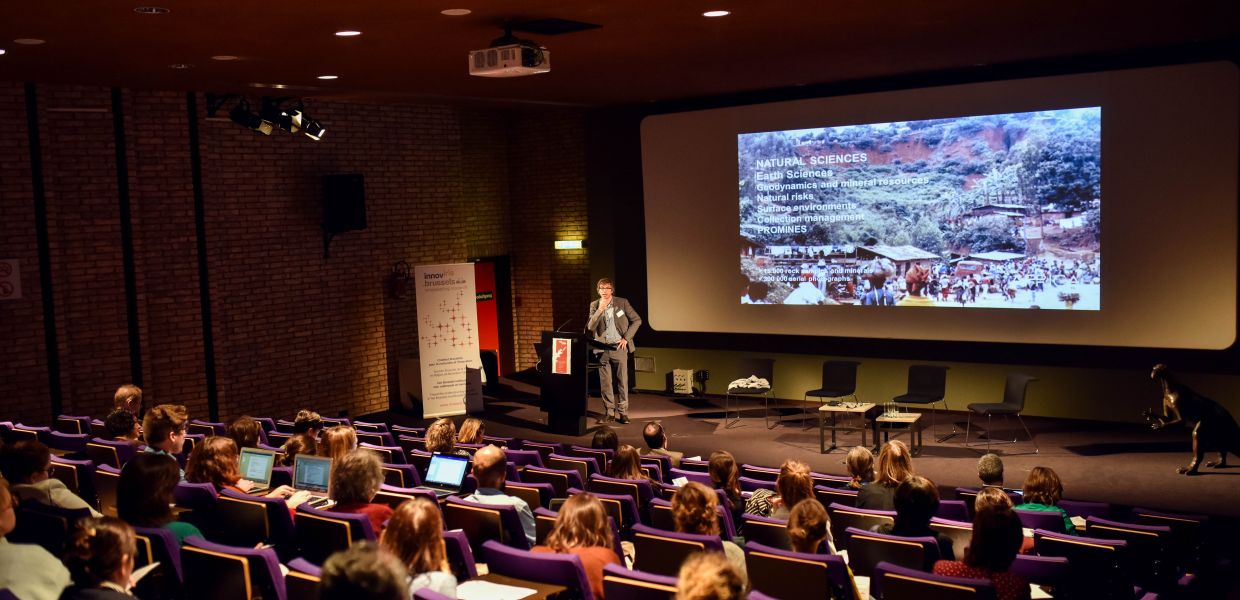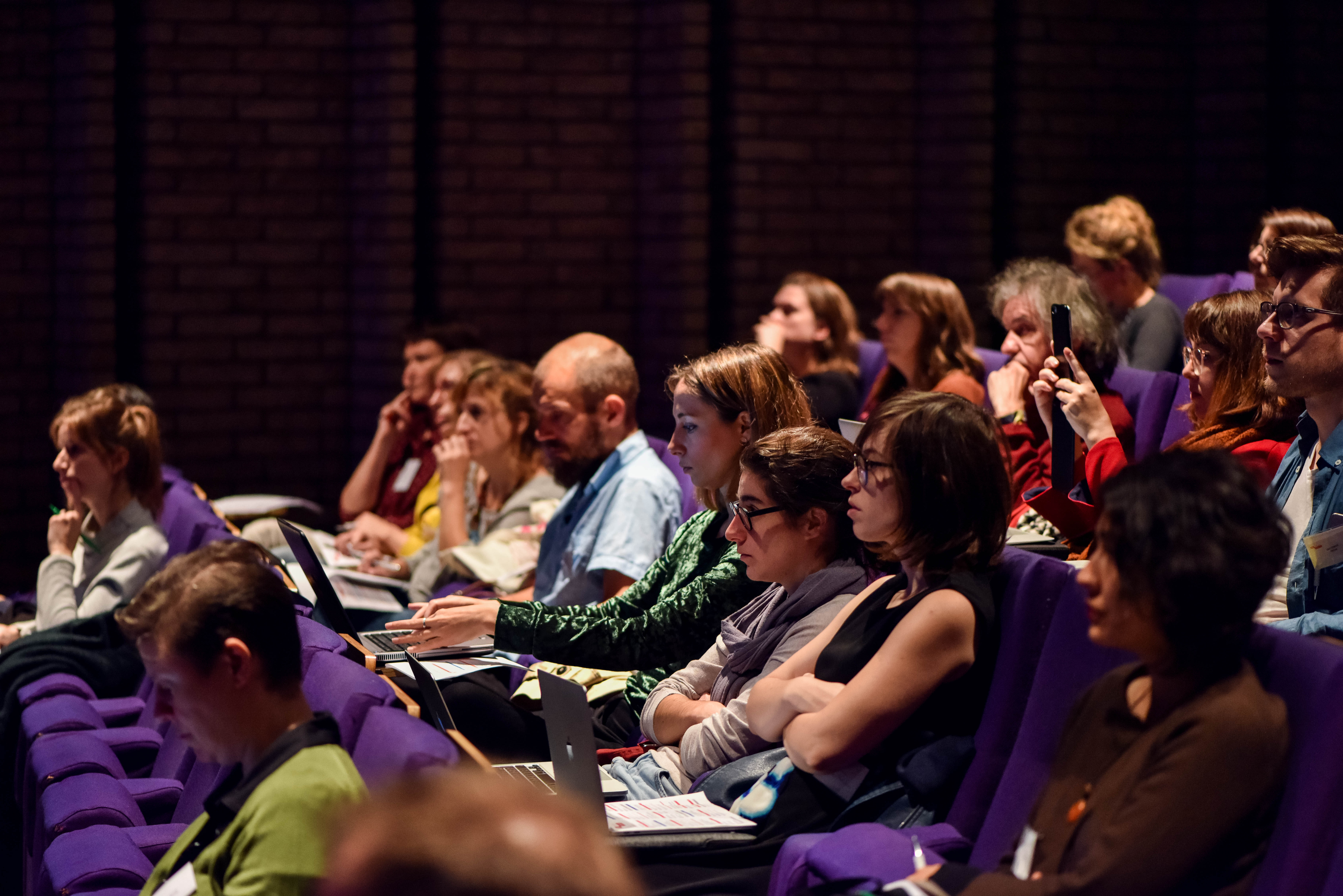Museums in the Digital Age: how BeMuseum helps Belgium museums connect
This Belgian network for innovation in museums wants to ‘Bring your museum from the dino’s time to the digital era’.

- Title:
- BeMuseum conference at the Royal Belgian Institute of Natural Sciences in Brussels
- Creator:
- (c) Collin Maxime
Founded in 2016, BeMuseum is the Belgian network for innovation in museums. It organises an annual conference documenting new trends in the fields of museums, culture, innovation and technology. The second edition of BeMuseum was held at the Royal Belgian Institute of Natural Sciences in Brussels in October, focusing on innovation and data sharing with the idea to help ‘Bring your museum from the dino’s time to the digital era’. Sergio Roberto Gratteri, Associate, and Jennifer Beauloye, Co-founder of BeMuseum and member of the Europeana Art Advisory Board, tell us more about the event.
What is BeMuseum’s purpose?
Our purpose is to be a network for Belgian museums and creative industries. We have two ambitions: we want to make the museum sector reflect on how to be more innovative on different levels such as technology, digitalisation, audience engagement and management. We also want to be offer them a platform where they can meet with the creative industries. Museums are often looking into new initiatives without having the skills or the right product knowledge. The conference allows them to get together with startups, learn from each other, and have interesting discussions. The creative industries can coach museum professionals, but we want to create long term conversations: we want them to feel part of a network and stay in touch after the conference. It is a very simple idea, but it can prove very effective.
What led you to set up BeMuseum and who's involved?
BeMuseum was created two years ago from the understanding that a Belgian network for museum professionals didn’t exist on a national scale. It has become an open community consisting of Belgian institutions of all sizes, startups, experienced companies within the creative industries, and partner organisations active in the museum sector.

BeMuseum conference at the Royal Belgian Institute of Natural Sciences in Brussels, (c) Collin Maxime
What trends can we expect to see in Belgian museums in the near future?
The museum sector is after low budget and user friendly solutions for all digital applications, especially for audience engagement. At the moment they are either very expensive, or difficult to use. The degrowth movement will also get stronger. For the cultural sector, it is about going back to focusing on content for an improved experience, rather than producing and over consuming more and more exhibitions. Recently, museums felt that they were competing with tourist attractions offering several exhibitions and events in one building to attract more visitors. It became tourism. With this approach, you can’t keep up with the quality museums are aiming for. Instead, they are now trying to work more efficiently for targeted groups. That can be in focusing on good applications, support activities, or digitisation processes that will improve the quality the experience.
What's next for BeMuseum?
We’re still catching our breath after the last conference! We would like to make the format even more interactive and practical in the future, with a good balance between talks, debates and workshops. Our plan is to have a third conference next year, but we also have the ambition to offer smaller and more regular events, such as thematic meetups, to focus on creating a convivial network.
Follow BeMuseum on Twitter and visit bemuseum.be.
by Camille Tenneson
